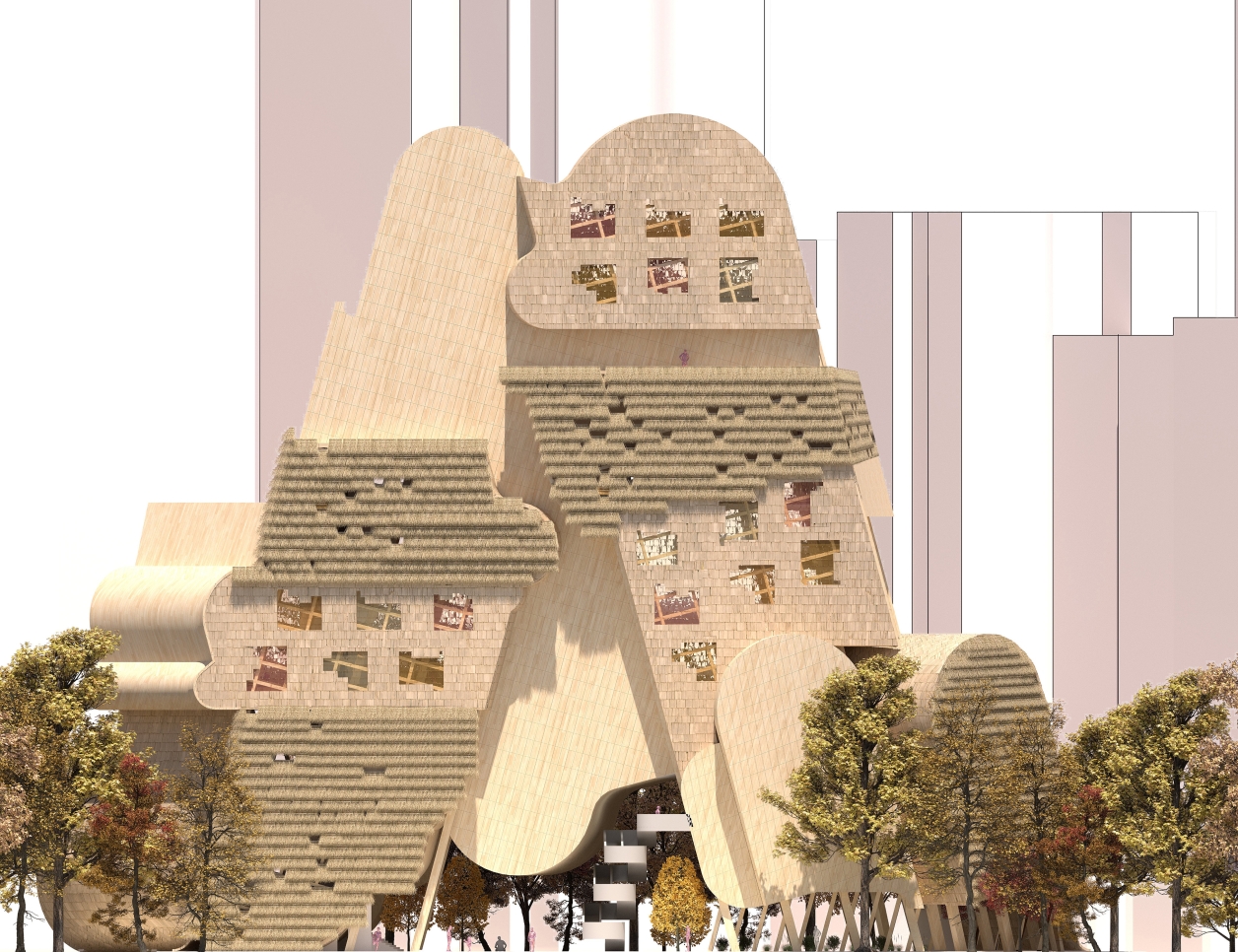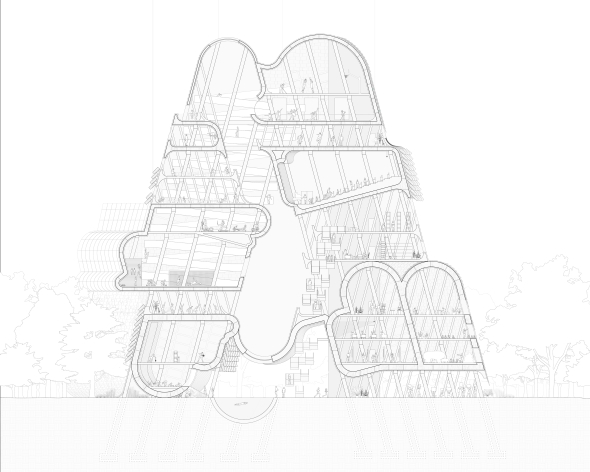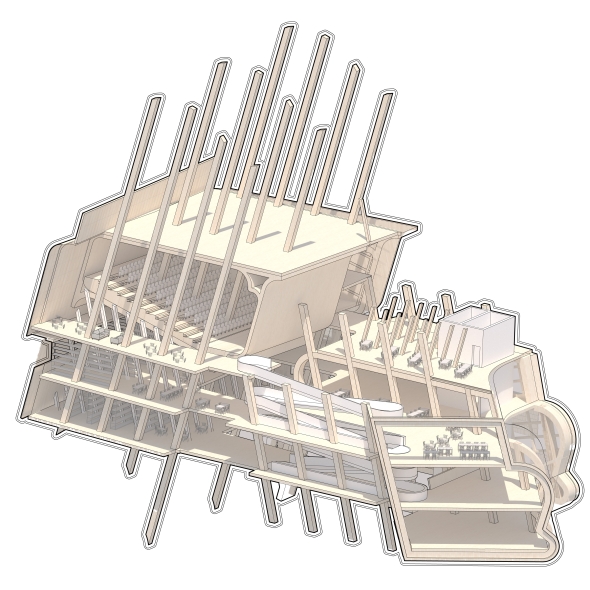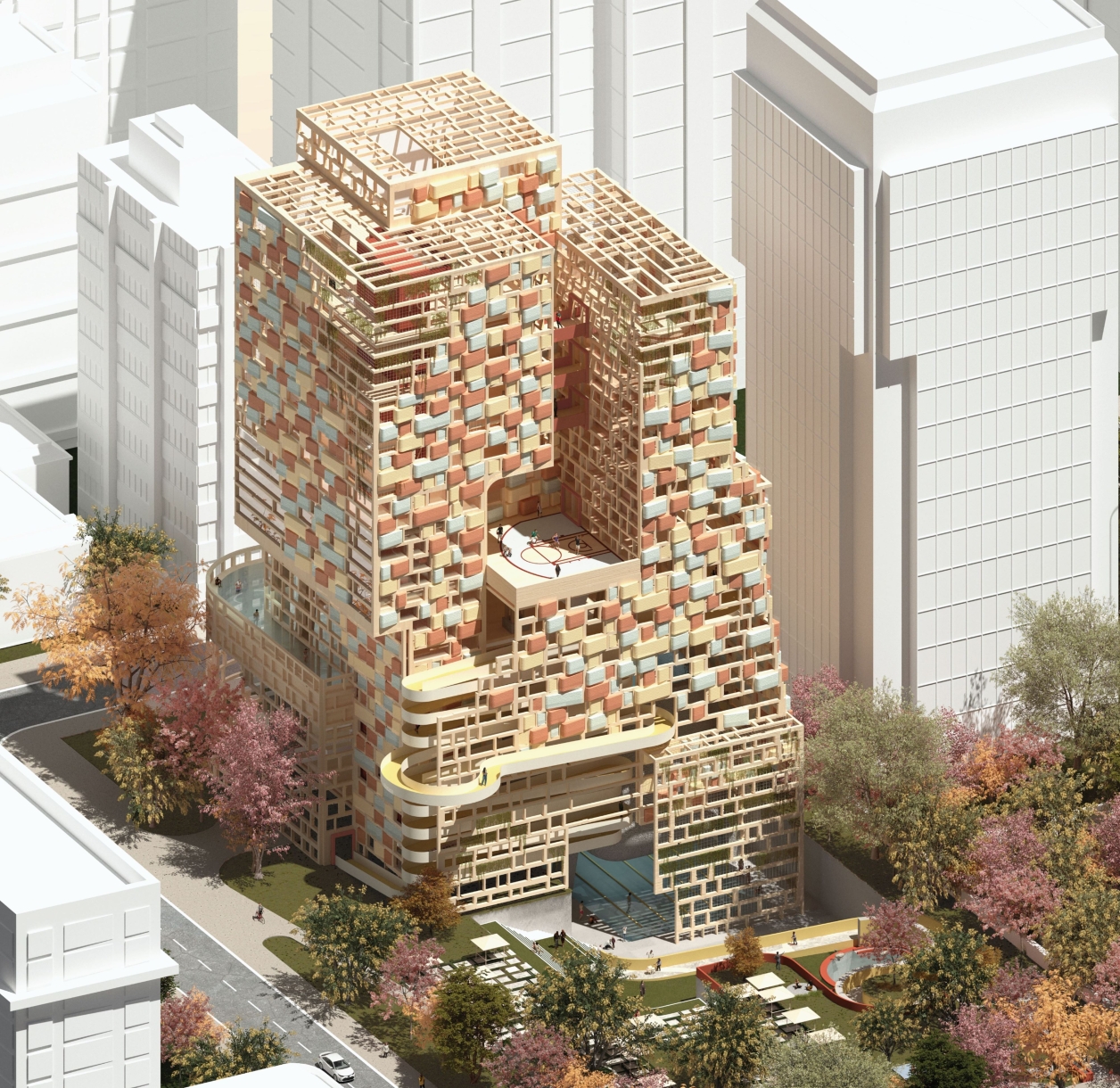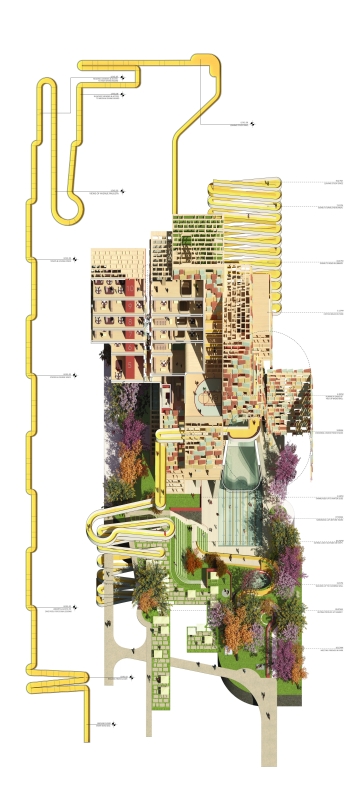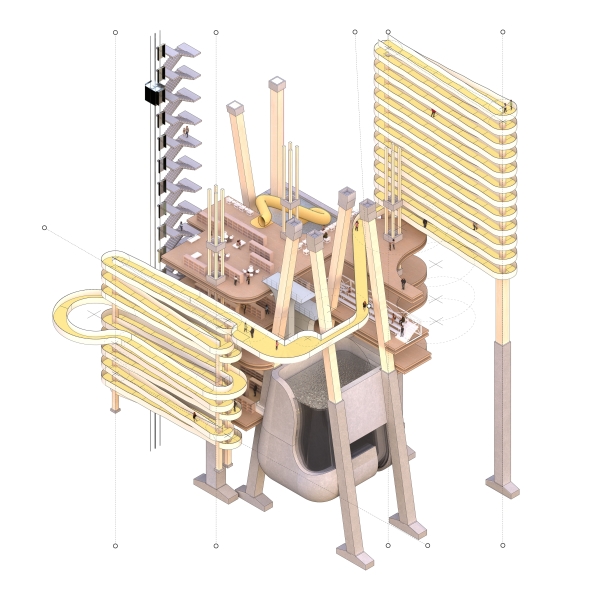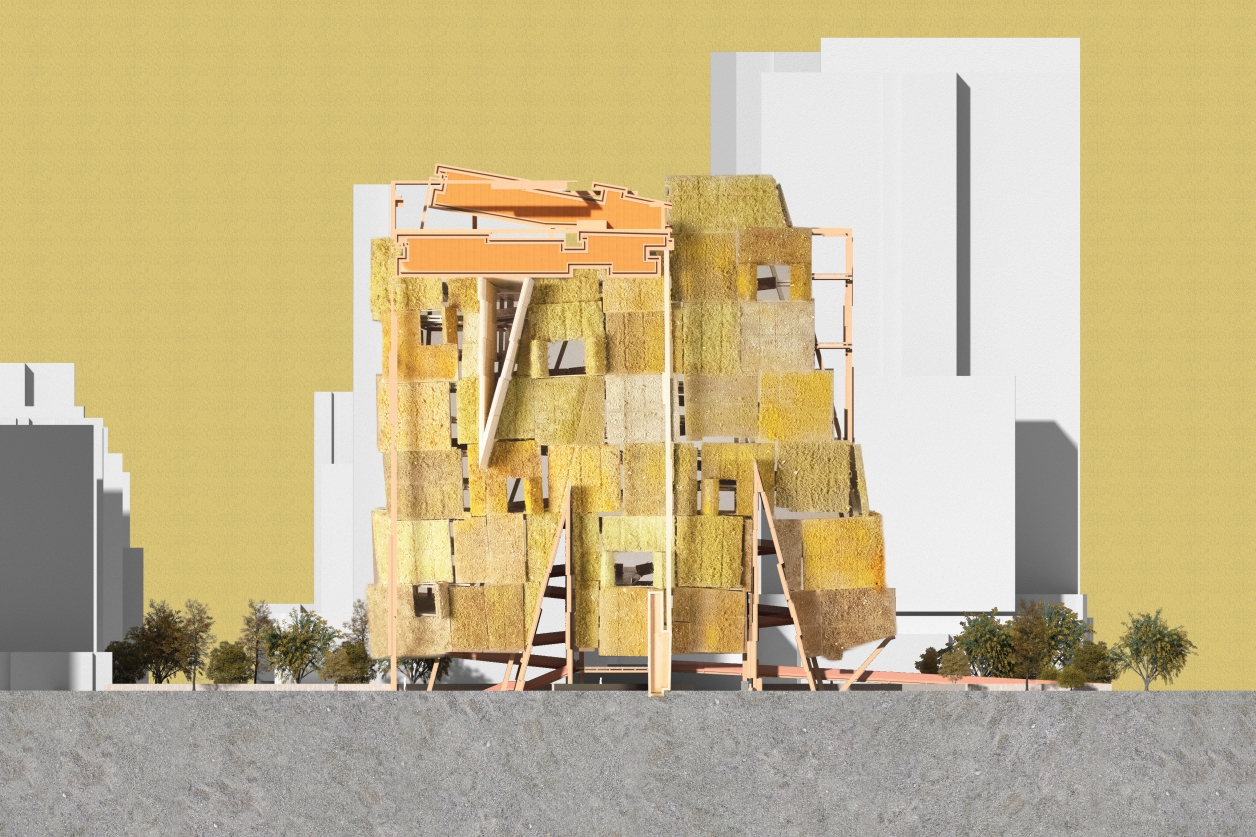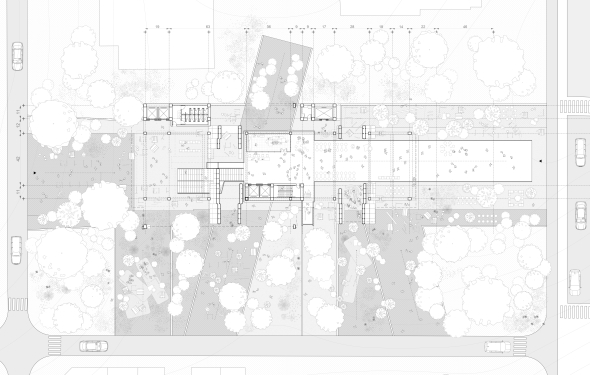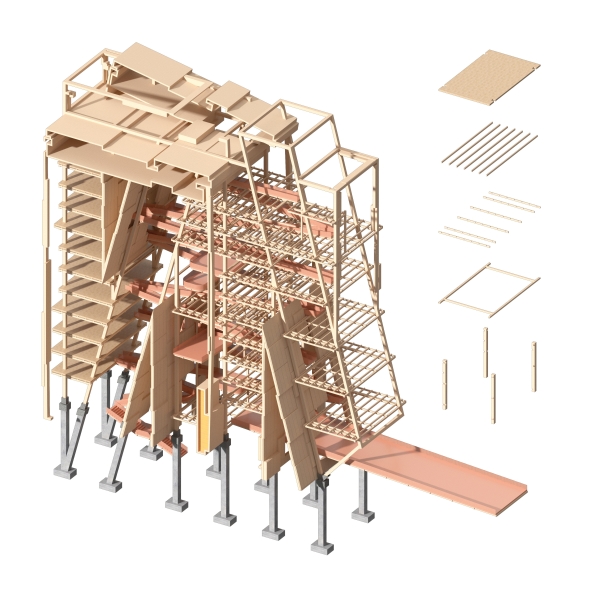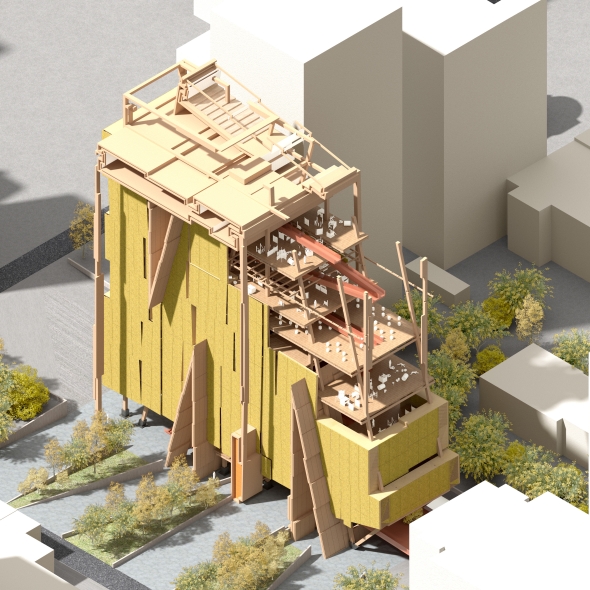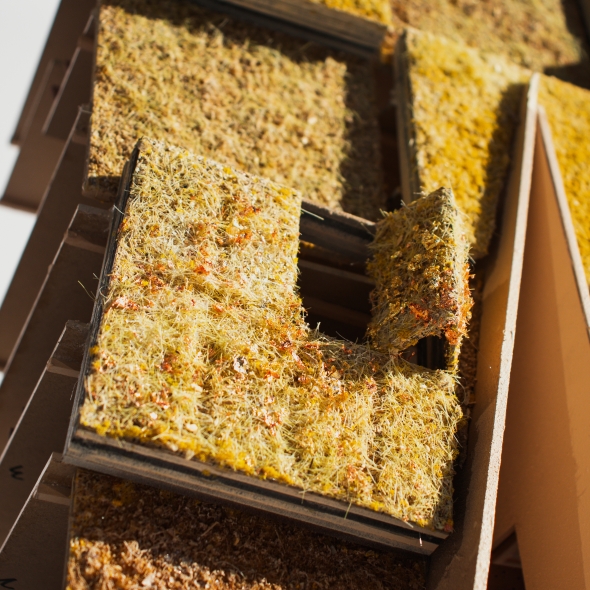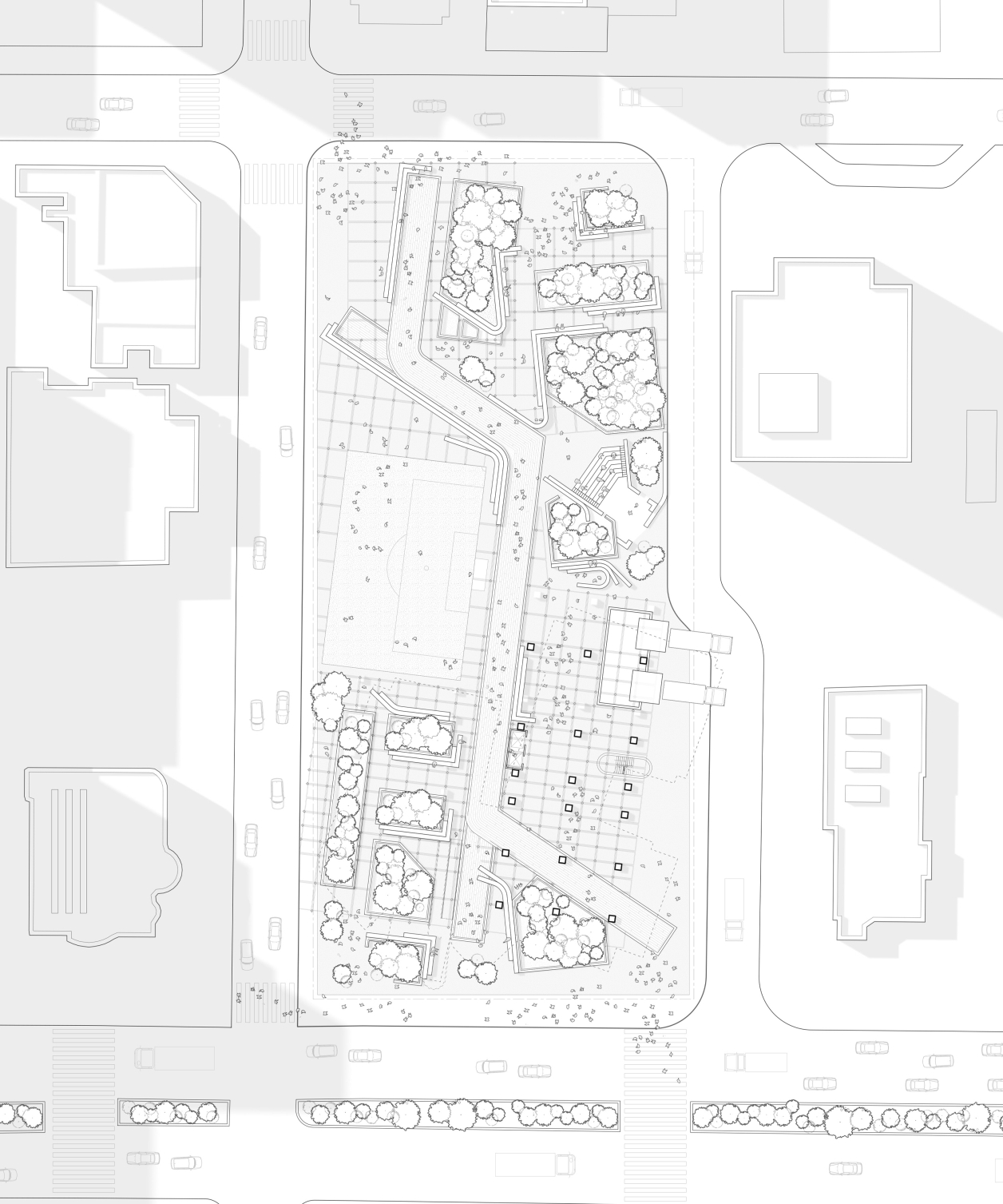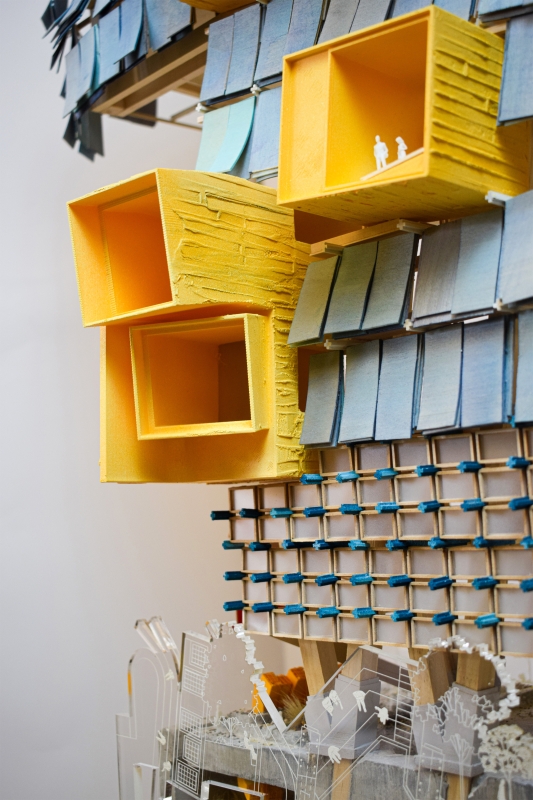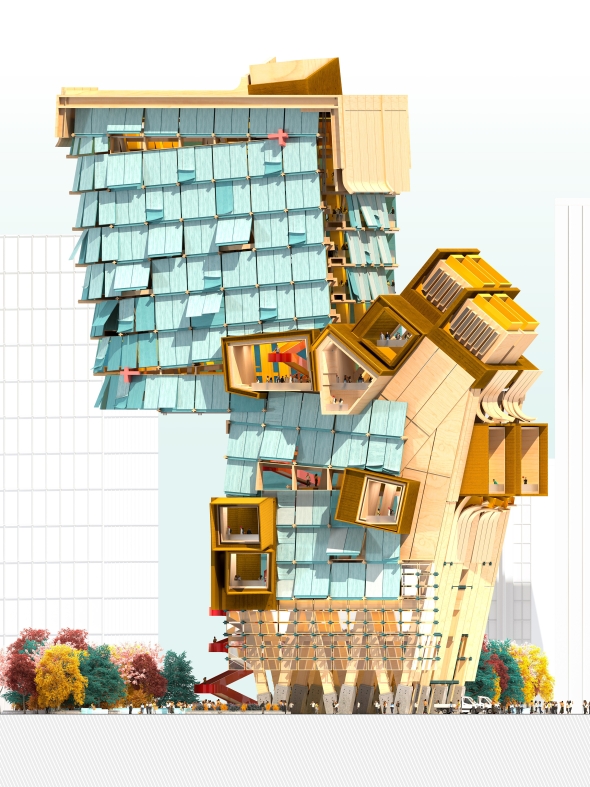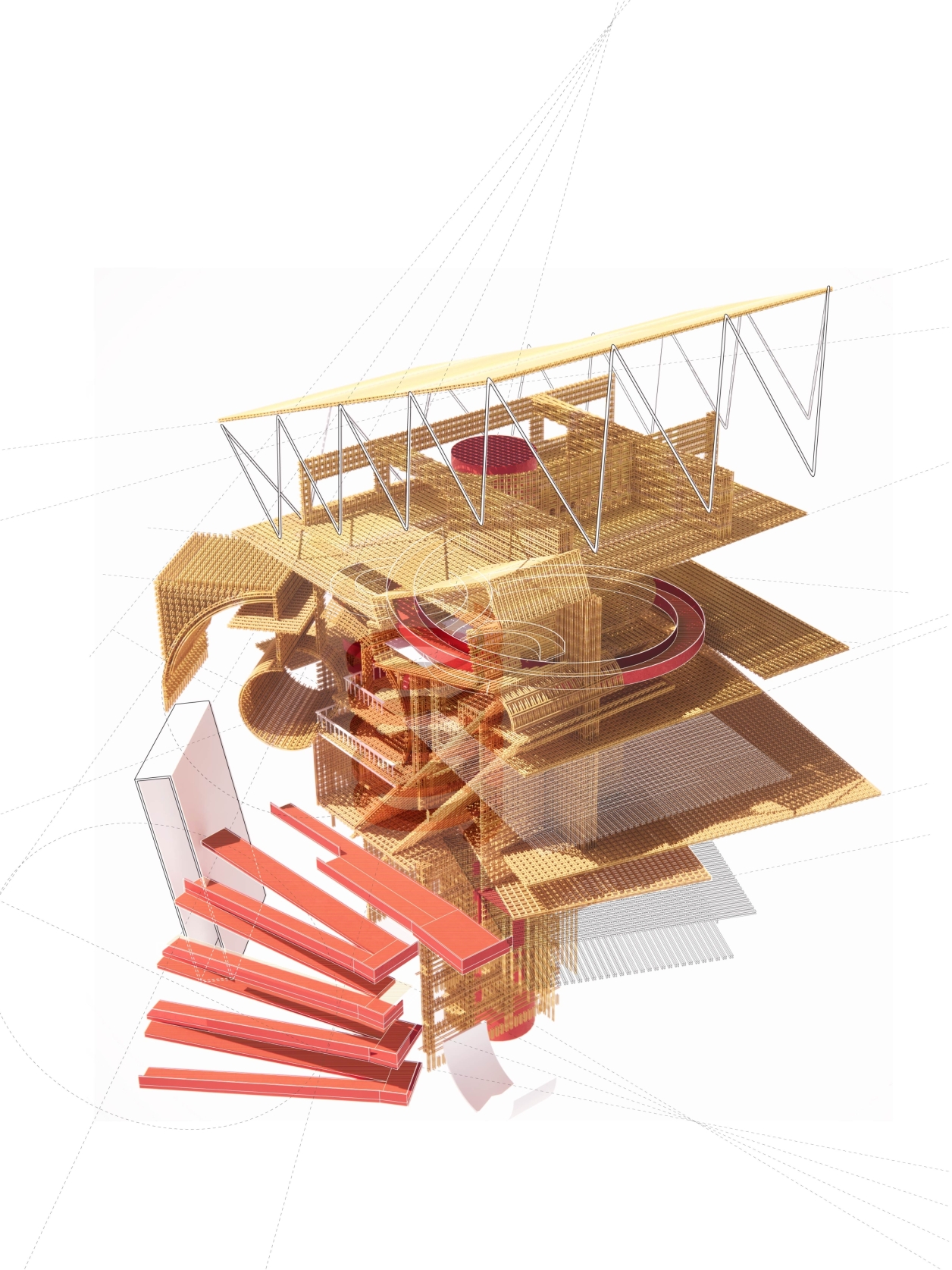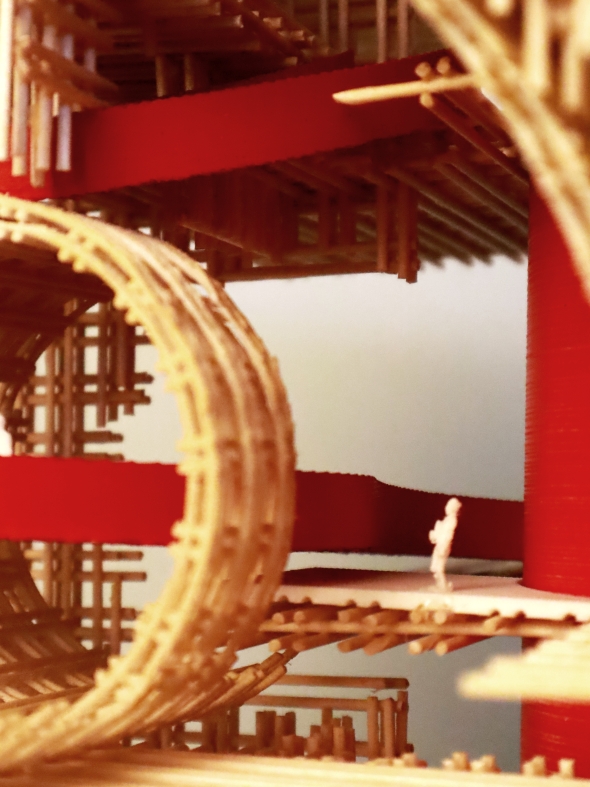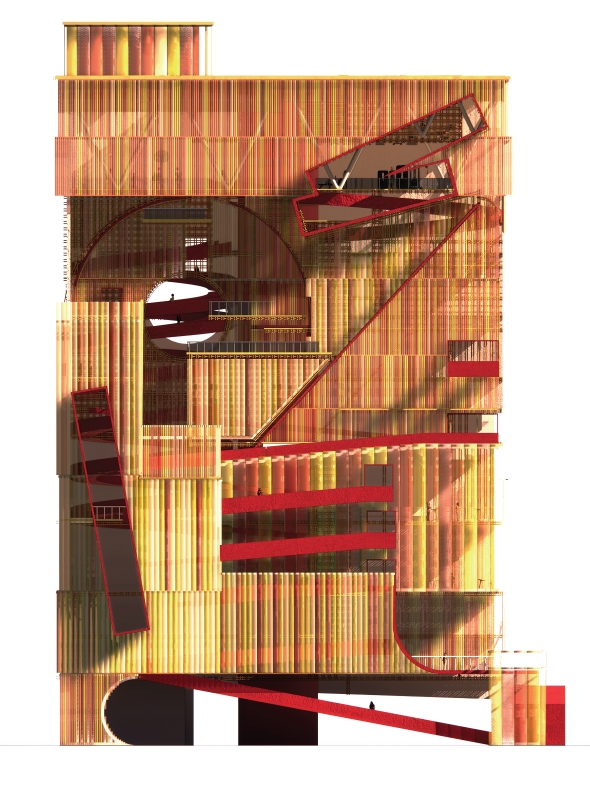Material Matters
The SESC (translated from Portuguese, the Social Service of Commerce) in Sao Paulo is a renowned institution dedicated to promoting social welfare, cultural enrichment, and community engagement. It operates a network of multifunctional centers throughout Brazil, offering a wide range of activities and services for people of all ages and backgrounds. The program's commitment to fostering social inclusion, education, health, sports, and cultural development makes it a significant influence on the architectural landscape of Sao Paulo. The relationship between the SESC program and architecture is deeply intertwined. SESC buildings (Sescis) are designed to embody the program's core values, with architecture serving as a medium to facilitate and enhance the diverse activities and experiences provided to the community. SESC centers are not merely functional structures but rather architectural expressions that create spaces for interaction, learning, creativity, and cultural exploration. The organization and its centers look to use culture and architecture as tools for urban transformation.
Architecturally, SESC buildings often exhibit innovative and contemporary design approaches that respond to the specific needs of the community they serve. They aim to create inclusive and welcoming environments, encouraging social interaction and participation. Sescis are designed to be accessible, flexible, and adaptable, accommodating a variety of activities and programs. The architectural design of SESC centers prioritizes the integration of indoor and outdoor spaces, blurring the boundaries between the built environment and nature. This approach allows for the creation of dynamic and engaging spaces that connect visitors with their surroundings, providing a sense of place and connection to the urban fabric.


